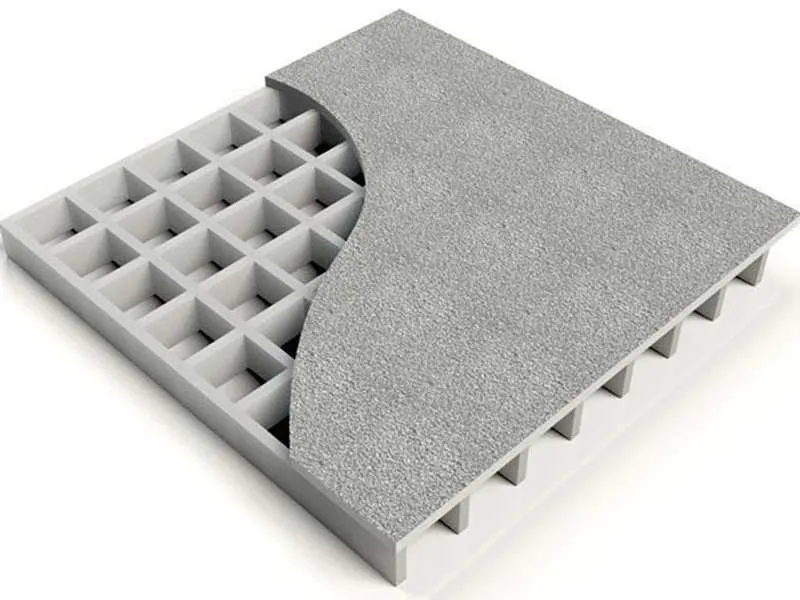
-
 Afrikaans
Afrikaans -
 Albanian
Albanian -
 Amharic
Amharic -
 Arabic
Arabic -
 Armenian
Armenian -
 Azerbaijani
Azerbaijani -
 Basque
Basque -
 Belarusian
Belarusian -
 Bengali
Bengali -
 Bosnian
Bosnian -
 Bulgarian
Bulgarian -
 Catalan
Catalan -
 Cebuano
Cebuano -
 China
China -
 China (Taiwan)
China (Taiwan) -
 Corsican
Corsican -
 Croatian
Croatian -
 Czech
Czech -
 Danish
Danish -
 Dutch
Dutch -
 English
English -
 Esperanto
Esperanto -
 Estonian
Estonian -
 Finnish
Finnish -
 French
French -
 Frisian
Frisian -
 Galician
Galician -
 Georgian
Georgian -
 German
German -
 Greek
Greek -
 Gujarati
Gujarati -
 Haitian Creole
Haitian Creole -
 hausa
hausa -
 hawaiian
hawaiian -
 Hebrew
Hebrew -
 Hindi
Hindi -
 Miao
Miao -
 Hungarian
Hungarian -
 Icelandic
Icelandic -
 igbo
igbo -
 Indonesian
Indonesian -
 irish
irish -
 Italian
Italian -
 Japanese
Japanese -
 Javanese
Javanese -
 Kannada
Kannada -
 kazakh
kazakh -
 Khmer
Khmer -
 Rwandese
Rwandese -
 Korean
Korean -
 Kurdish
Kurdish -
 Kyrgyz
Kyrgyz -
 Lao
Lao -
 Latin
Latin -
 Latvian
Latvian -
 Lithuanian
Lithuanian -
 Luxembourgish
Luxembourgish -
 Macedonian
Macedonian -
 Malgashi
Malgashi -
 Malay
Malay -
 Malayalam
Malayalam -
 Maltese
Maltese -
 Maori
Maori -
 Marathi
Marathi -
 Mongolian
Mongolian -
 Myanmar
Myanmar -
 Nepali
Nepali -
 Norwegian
Norwegian -
 Norwegian
Norwegian -
 Occitan
Occitan -
 Pashto
Pashto -
 Persian
Persian -
 Polish
Polish -
 Portuguese
Portuguese -
 Punjabi
Punjabi -
 Romanian
Romanian -
 Russian
Russian -
 Samoan
Samoan -
 Scottish Gaelic
Scottish Gaelic -
 Serbian
Serbian -
 Sesotho
Sesotho -
 Shona
Shona -
 Sindhi
Sindhi -
 Sinhala
Sinhala -
 Slovak
Slovak -
 Slovenian
Slovenian -
 Somali
Somali -
 Spanish
Spanish -
 Sundanese
Sundanese -
 Swahili
Swahili -
 Swedish
Swedish -
 Tagalog
Tagalog -
 Tajik
Tajik -
 Tamil
Tamil -
 Tatar
Tatar -
 Telugu
Telugu -
 Thai
Thai -
 Turkish
Turkish -
 Turkmen
Turkmen -
 Ukrainian
Ukrainian -
 Urdu
Urdu -
 Uighur
Uighur -
 Uzbek
Uzbek -
 Vietnamese
Vietnamese -
 Welsh
Welsh -
 Bantu
Bantu -
 Yiddish
Yiddish -
 Yoruba
Yoruba -
 Zulu
Zulu
Customized Fiberglass Fittings for Your Unique Project Needs and Specifications
Fiberglass Customized Fittings A Comprehensive Overview
In the realm of modern construction and engineering, the need for durable, lightweight, and corrosion-resistant materials has driven the popularity of fiberglass. Fiberglass, or glass-reinforced plastic (GRP), is composed of a polymer matrix reinforced with glass fibers. Its unique properties make it ideal for a wide array of applications, particularly in the production of customized fittings. This article explores the advantages of fiberglass customized fittings, their applications, and considerations when choosing this material.
One of the most significant benefits of fiberglass fittings is their exceptional strength-to-weight ratio. They are considerably lighter than metal alternatives, which simplifies transportation and installation. This feature is particularly advantageous in applications where weight savings are crucial, such as in aviation or marine contexts. Additionally, fiberglass fittings exhibit impressive tensile strength, making them capable of withstanding significant stress without deformation or failure.
Corrosion resistance is another key advantage of fiberglass customized fittings. Unlike metal, which can rust or corrode when exposed to moisture and other environmental factors, fiberglass is impervious to rust. This property makes fiberglass an ideal choice for applications in harsh environments, such as chemical processing, wastewater treatment, and marine applications. Fiberglass fittings can endure abusive conditions without deteriorating, ensuring longevity and lower maintenance costs.
Customized designs are a significant benefit of fiberglass fittings. The manufacturing process allows for a high degree of customization, enabling engineers and designers to create fittings tailored to specific project requirements. From unique shapes to custom sizes, fiberglass fittings can be molded precisely to fit the needs of various applications, providing a perfect solution for complex systems. This adaptability ensures that projects can proceed efficiently, without the need for numerous adjustments or rework.
fiberglass customized fittings

Fiberglass custom fittings find widespread application in various industries. In the construction sector, they are commonly used in piping systems, electrical enclosures, and structural components due to their lightweight and corrosion-resistant nature. The chemical processing industry leverages fiberglass fittings for piping and tanks, where the material’s robustness against corrosive substances is essential. Additionally, the energy sector is increasingly using fiberglass fittings for their applications in wind energy and oil and gas infrastructure, where strength and lightweight properties are crucial.
However, when selecting fiberglass customized fittings, it is crucial to consider certain factors. One of the primary considerations is the intended application and operating environment. It is essential to understand the specific requirements such as pressure, temperature, and exposure to chemicals to select the appropriate type of fiberglass and resin. Furthermore, the manufacturing process can influence the final product's performance; thus, collaborating with reputable manufacturers who utilize best practices and quality materials is vital.
Another important factor is the cost. While fiberglass fittings can be more expensive than traditional materials upfront, their longevity, low maintenance needs, and resistance to environmental factors can lead to significant savings over time. Therefore, when assessing the total cost of ownership, fiberglass fittings often present a financially sound choice.
In conclusion, fiberglass customized fittings represent a versatile and robust solution in the construction and industrial sectors. Their lightweight nature, exceptional strength, corrosion resistance, and customization capabilities make them an ideal choice for various applications. As industries continue to innovate and seek materials that facilitate efficiency and reliability, the demand for fiberglass fittings is likely to grow. Embracing this material can lead to improved project outcomes and long-term savings, making it a valuable consideration for engineers and designers alike.









